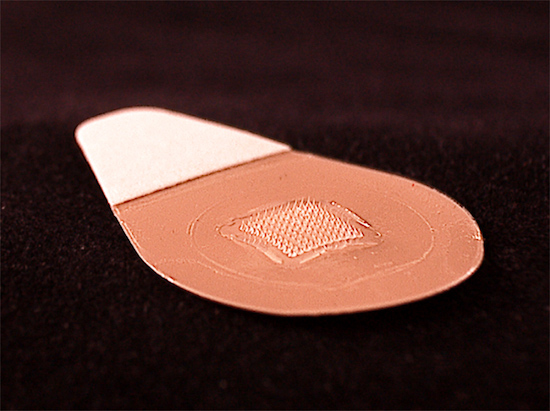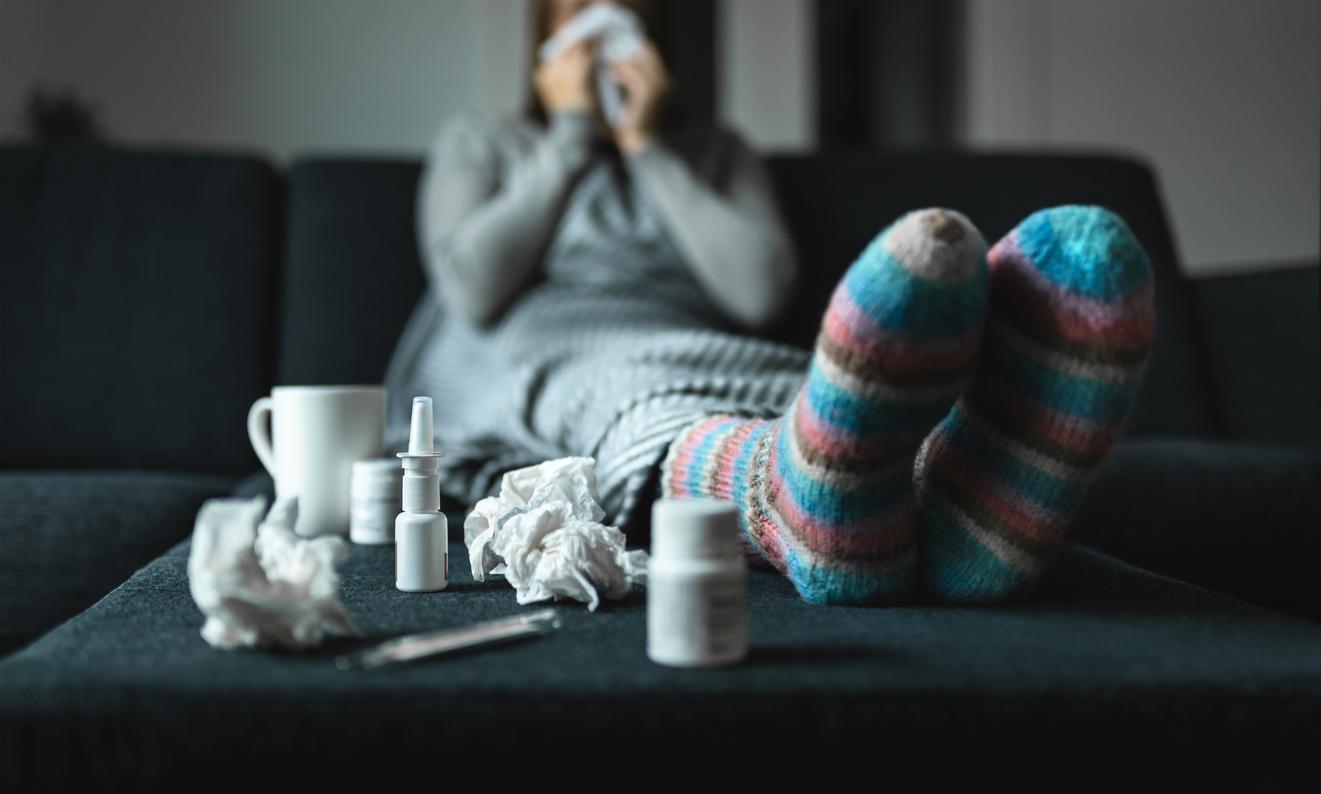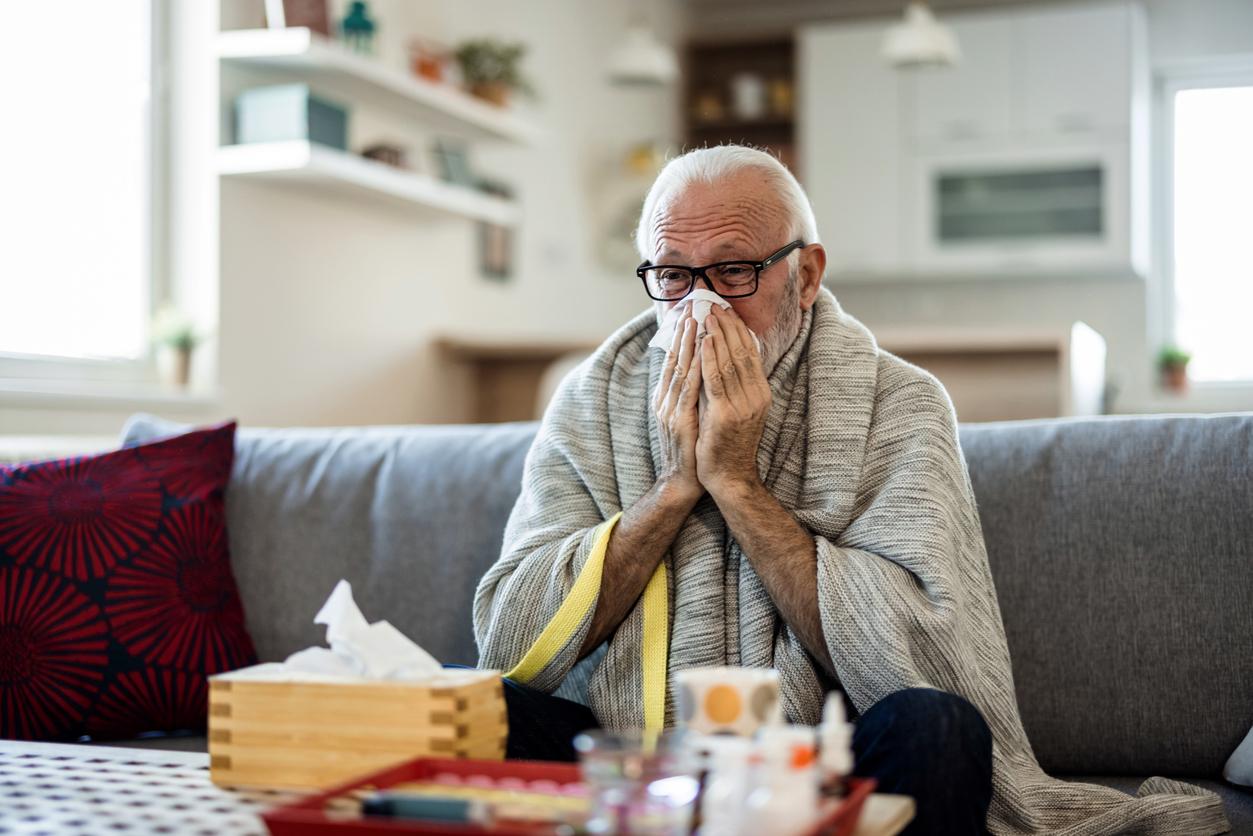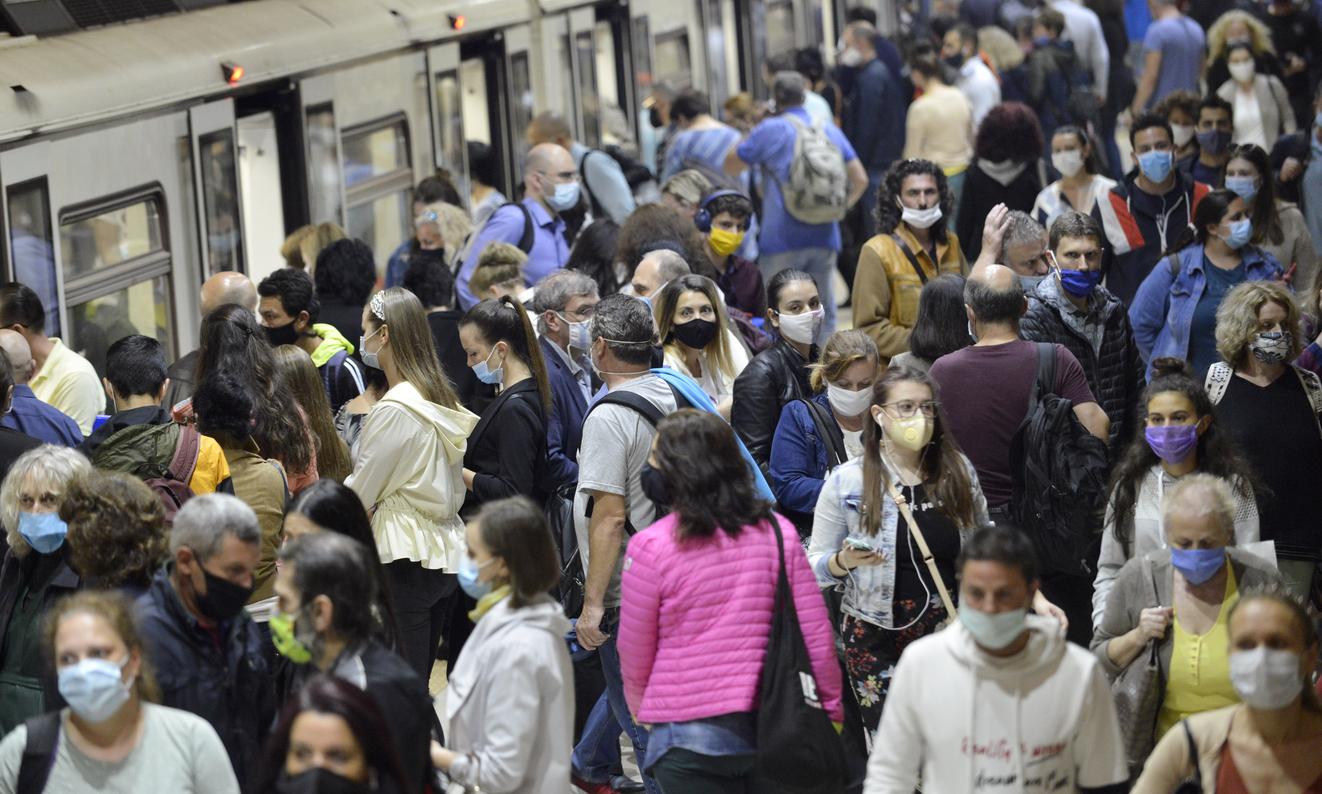This bandage-sized vaccine has soluble needles. It does not need to be stored in the fridge and can be self-administered.

No more needles! A team of American researchers has developed an influenza patch vaccine. His phase 1 trial presented in The Lancet shows that this syringe alternative is safe and induces a robust immune response against the influenza virus.
“Despite the recommendations in favor of vaccination, influenza remains a major disease that can lead to significant morbidity and mortality”, recalls Pr Nadine Rouphael, responsible for this work and professor of infectious diseases at Emory University (United States). United).
In fact, there as in France, the population is reluctant to be vaccinated against the flu. Of the 11 million French people invited to be vaccinated each year, less than half go to their doctor to receive the injection. “Having an option that can be easily administered and does not cause pain could improve immunization coverage,” continues the specialist.
Soluble needles
In partnership with the Georgia Institute of Technology (United States), Prof. Rouphael’s team therefore set about developing an alternative to the syringe. The researchers imagined a patch the size of a bandage with microscopic, soluble needles containing the influenza vaccine.

Credit: Georgia Tech
After conclusive laboratory tests, they studied their innovation in humans. From June 2015, 100 participants aged 18 to 49 in good health and not vaccinated the previous winter participated in this clinical trial. Some received the traditional vaccine, while 2 other groups received the patch vaccine. Among the latter, some have been vaccinated by a doctor and others by volunteers themselves. Finally, a final group received a placebo delivered by the patch.
Good immune response
The results suggest that this method of administration of the vaccine is safe and does not cause side effects. Skin reactions are limited to redness and mild itching. Blood tests further show that the immune response induced by the vaccine is similar with the patch and the injection. A response still present 6 months after inoculation.
The researchers indicate that this mode of administration was approved by more than 70% of the volunteers who had the opportunity to test it. In addition, they find that the patch is very easy to use: participants vaccinated by other volunteers presented protection similar to those who were vaccinated by a caregiver.
A self-vaccine
Results which confirm the advantages of this vaccine option. “With the patch, you can pick it up at the pharmacy, take it home, place it on your skin for a few minutes, remove it and then safely dispose of it because the micro-needles have been absorbed. The patch can even be stored at room temperature, so you can mail it to someone, ”describes one of the authors, Prof. Mark Prausnitz, a specialist in biomolecular engineering.
Based on these results, the researchers hope to be able to continue their clinical trial and move on to a phase 2 trial. The tests could thus be carried out in a larger number of people. At the same time, researchers are developing patches for other vaccines, such as measles, rubella or polio.
.















